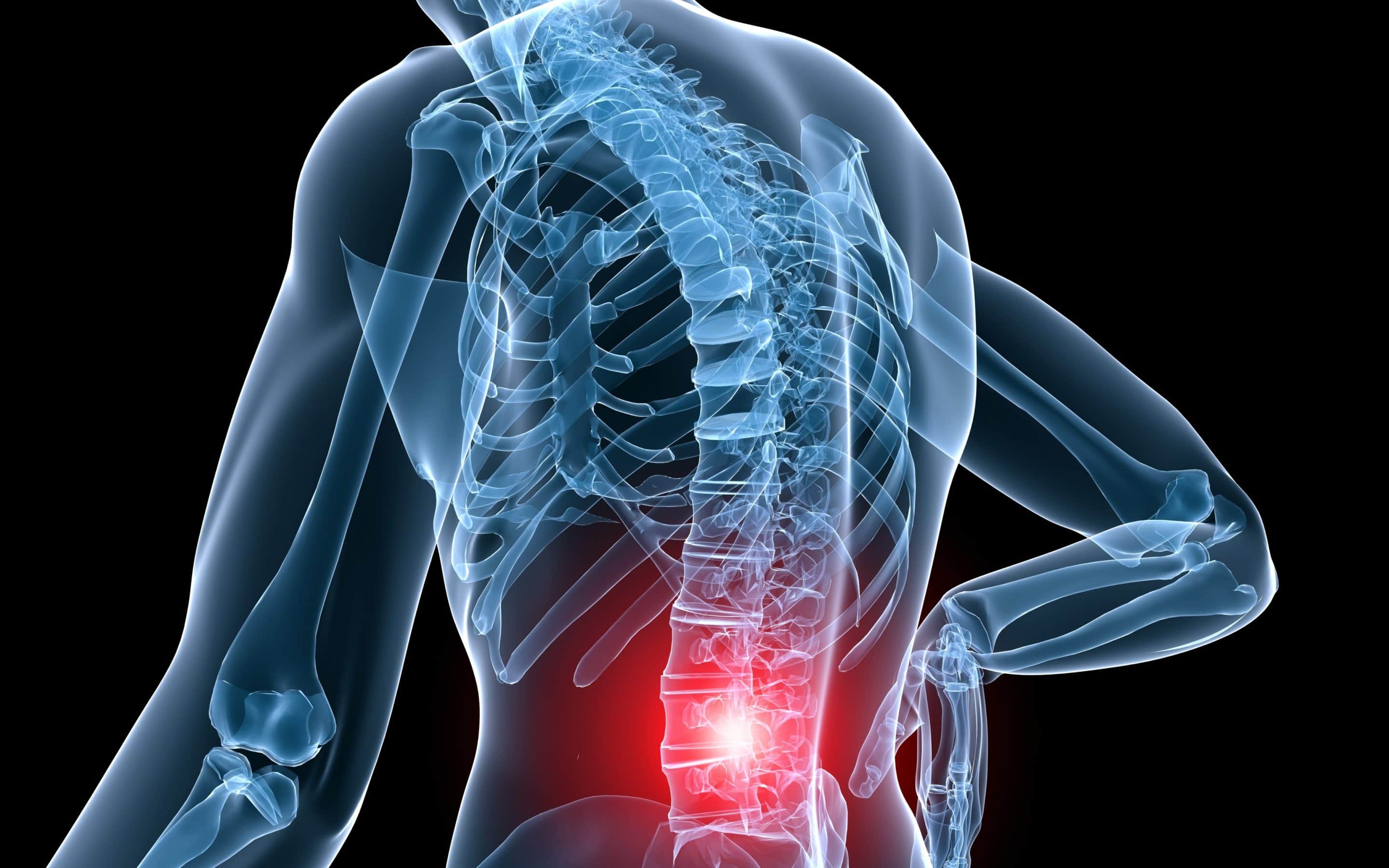What is Neural Prolotherapy (NPT)?
Neural Prolotherapy (NPT) is an exciting advance in Regenerative Medicine used to treat neuropathic pain in a many musculoskeletal injuries and pain conditions. Neural Prolotherapy is also known as Neurofascial Prolotherapy, Subcutaneous Prolotherapy, or the Lyftogt technique. Neural Prolotherapy is the injection of a medical-grade, mildly alkaline dextrose or mannitol solution just below the skin to promote healing of injured nerves and restoration of tissue function. This gentle therapy is surprisingly effective even in long term and severe pain cases.
How was this therapy created?
Neural Prolotherapy was developed by New Zealand physician Dr. John Lyftogt, MD. Dr. Lyftoght has been developing and using this method to treat pain from injuries and various other pain conditions over the last decade with excellent results.
Dextrose injections to treat chronic pain have been used for many years in traditional prolotherapy because it promotes healing in connective tissues such as ligaments and tendons. Because nerves also contain connective tissue, Dr. Lyftogt wondered if a solution of dextrose could allow for the same healing in nerves. He had a patient at the time that was in severe and ongoing pain from a badly crushed foot which had been damaged in a car accident. The patient was in such intense pain that he begged Dr Lyftoght to do ‘anything’ that may help. Strongly motivated to try to appease and help the man, he injected small amounts of dextrose just under the skin of the foot and leg along the pathways of the superficial nerves of the area. The result, which surprised both the patient and Dr. Lyftoght, was an immediate and dramatic reduction in the patient’s pain. This ‘a-ha’ moment was the beginning of Neural Prolotherapy.
How does Neural Prolotherapy work?
While it is not known completely why or how the therapy works, the theory behind Neural Prolotherapy is based on “Hilton’s Law”, named after British surgeon and anatomy expert Dr. John Hilton. Dr. Hilton noted that the nerve that innervates a joint also innervates the skin around that joint and the muscles that move that joint. Using this simple model, Dr. Lyftogt hypothesized that irritation or damage to a nerve that supplies sensation to the skin over a joint may also cause dysfunction and pain to the muscles and tissue around that joint. Dr. Lyftogt finds that restoration of subcutaneous nerve function (those nerves just beneath the surface of the skin) will lead to healing in deeper structures and reduction in pain. This method to treat musculoskeletal injuries and pain conditions has been used over the last decade with outstanding results, and Neural Prolotherapy is now being taught around the world.
We know that injury or damage causes a release of pro-inflammatory substances (such as Prostaglandins) that activate a channel on nerves called the TrpV1 channel (“Transient receptor potential V1” cation channel). This is also known as the capsacin receptor. When this channel is turned on, the nerve releases substances that cause pain such as substance P and calcitonin gene related peptide (CGRP). It is thought that the active ingredients of Neural Prolotherapy bind to and inhibit the TrpV1 nerve receptors, preventing this cascade and restoring normal nerve function.
Is Neural Prolotherapy different from traditional Prolotherapy?
These therapies share some similarities, but also have some key differences. Traditional Prolotherapy uses a higher concentration of dextrose and is injected deeper in the affected area to promote healing and repair of connective tissues such as ligaments and tendons. Neural Prolotherapy uses a much lower concentration of dextrose and is injected with very small needles at multiple points just below the surface of the skin. The goal is to target subcutaneous nerves to reduce neurogenic inflammation. Because it is injected just under the skin, Neural Prolotherapy is less invasive than traditional Prolotherapy.
What is the solution that is injected?
Neural Prolotherapy solution contains a mildly alkaline solution of either 5% Dextrose in sterile water (D5W) or 5% Mannitol in sterile water (M5W). Dextrose and Mannitol are simple sugars originally derived from plant sources.
Is Neural Prolotherapy treatment painful?
Neural Prolotherapy is generally very well tolerated by most people, even without local anesthetic which is often required for other types of injections. The injections are administered with very small and short needles just beneath the surface of the skin. Multiple injections are performed along the course of subcutaneous nerves. Some points may result in mild discomfort, and cold spray or topical anesthetic can be used to make the patient more comfortable.
How will I feel after a Neural Prolotherapy treatment?
Most patients notice an immediate reduction of pain, often totally eliminating pain in the treatment area immediately after the first injection. It is gratifying to see patients literally ‘limp in and leap out’ of the clinic. This initial analgesic effect may last anywhere between hours to days or even weeks depending on the individual situation. If or when the pain begins to return, a next treatment is performed. Overall lasting reduction of pain by 10-20% usually occurs with each treatment as the area is progressively healed. The therapy is usually done as a series of treatments.
How often do I need these treatments?
Most patients get 5-8 treatments over time, depending on how long the injury has been present as well as the degree of the damage. Treatments are typically spaced 1-2 weeks apart. Each case is different, in some cases in this office, only 1or 2 treatments have been necessary for complete resolution of chronic pain while for a few people the treatments work for much but not all of their pain.
What if it does not work for me?
If the patient does not respond to the therapy in 1 or 2 treatments with significant pain relief, the physician will explore with the patient other potential causes of the pain (such as organ damage, cancer, broken bone, etc.) because we know that this therapy is so effective for this type of pain that if we do not see significant results we can infer that it is likely that the pain is not ‘neurogenic’ in origin. Yes, it is that good!
Is Neural Prolotherapy safe?
Neural Prolotherapy is actually quite a bit safer than most other methods of pain relief (such as opiates or steroid injections) when administered by a properly trained physician. In fact, the solution (D5W) is the same solution used in IV bags in emergency rooms and hospitals. Injections are done under hygenic conditions with minimal risk of infection. The injections are quite shallow, often only a little deeper than an acupuncture needle, and do not go into joints or ‘risky’ areas. All medical therapies and procedures have some risks. While uncommon, possible adverse effects can occur and include local swelling, bruising and mild temporary pain. Temporary bruising at one or more of the injection sites is the most common side effect.
Will health insurance cover Neural Prolotherapy?
Neural Prolotherapy is still not covered by most insurance companies at this time. Some insurance policies will cover reimbursement for the physician’s office visit time to evaluate and diagnose the pain condition, resulting in partial reimbursement of overall fees. If help is needed in obtaining a ‘superbill’ for reimbursement, ask at time of scheduling. Neural Prolotherapy is quite affordable, especially when compared to time lost from work, physical therapy, and the cost and risk of other, less effective pain management efforts.
What conditions can be treated with Neural Prolotherapy?
Neural Prolotherapy is effective in treating nerve pain associated with injuries to joints, muscles, tendons, and ligaments. Treatment areas include the neck, back, knee, shoulder, hip, elbow, wrist, hand, foot, and ankle.
Neural Prolotherapy has also been shown to be effective with chronic pain after surgical procedures such as hip replacements, total knee replacements and Failed Back Surgery Syndrome. These patients often find relief when other traditional treatment options have failed.



